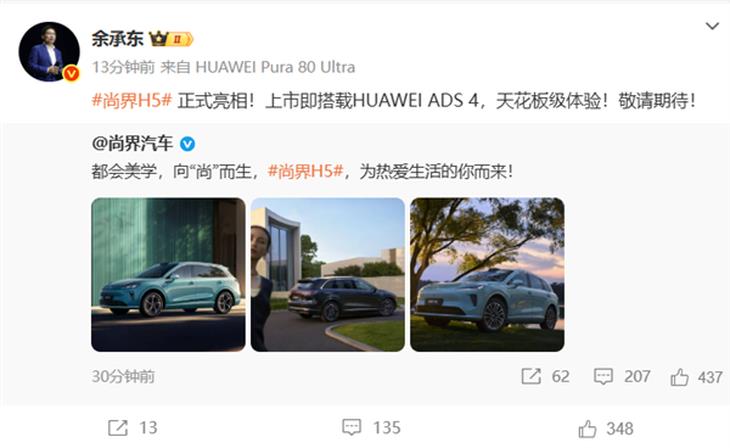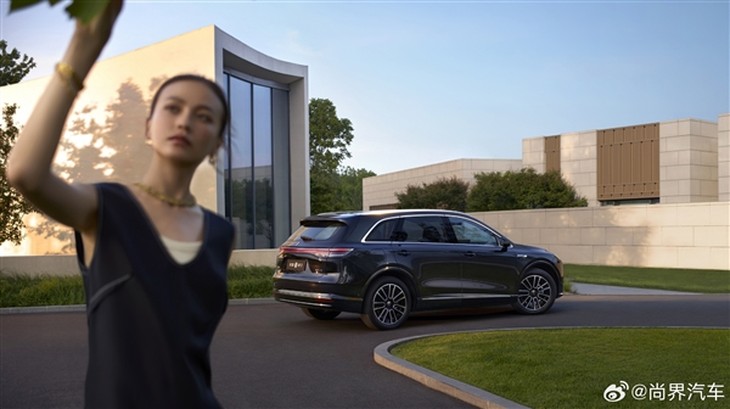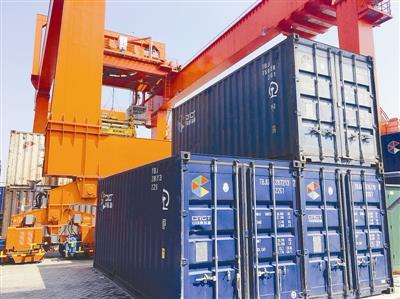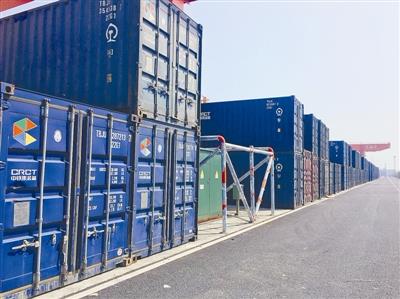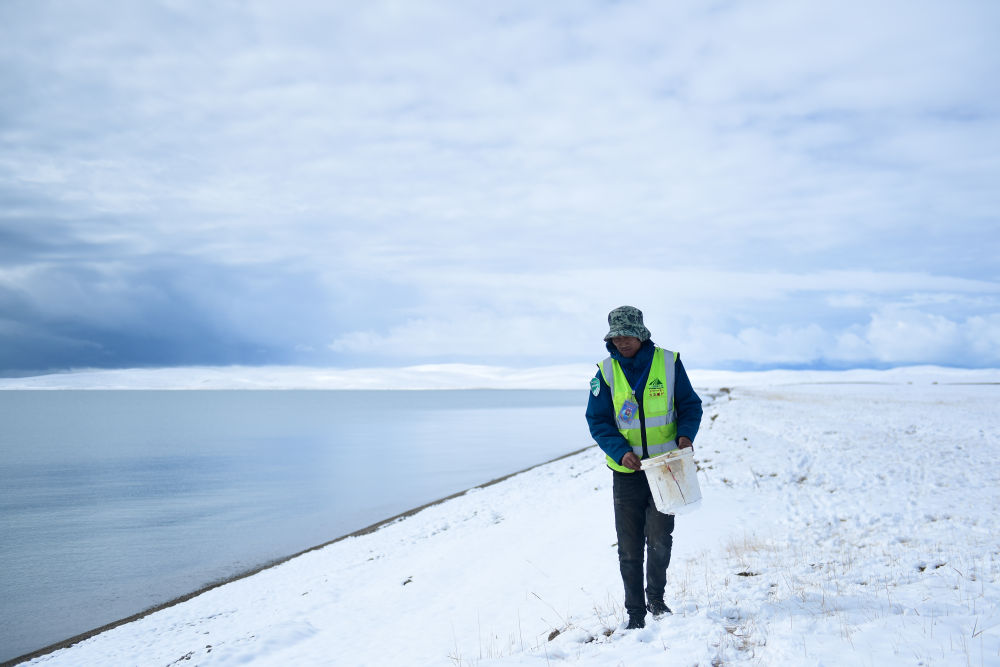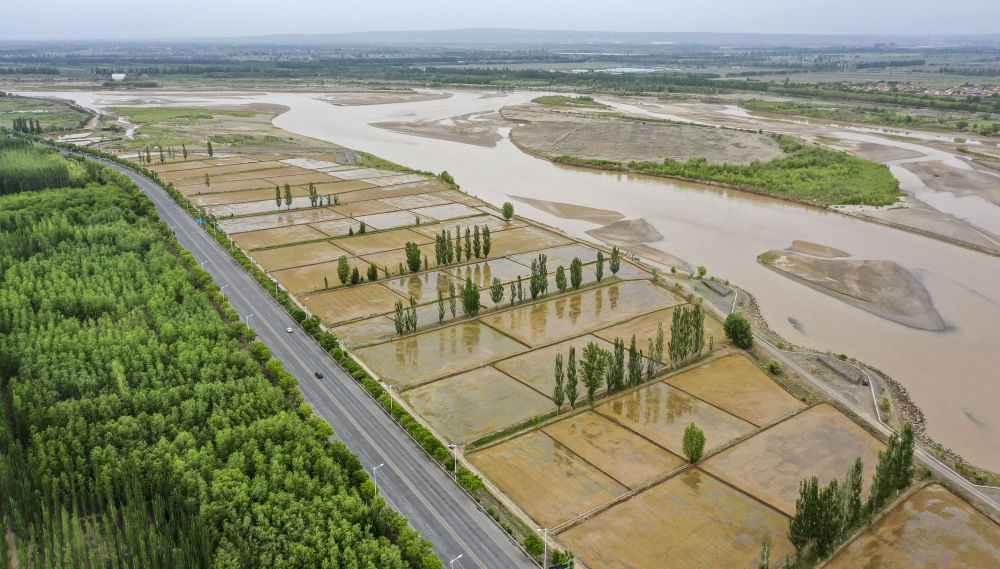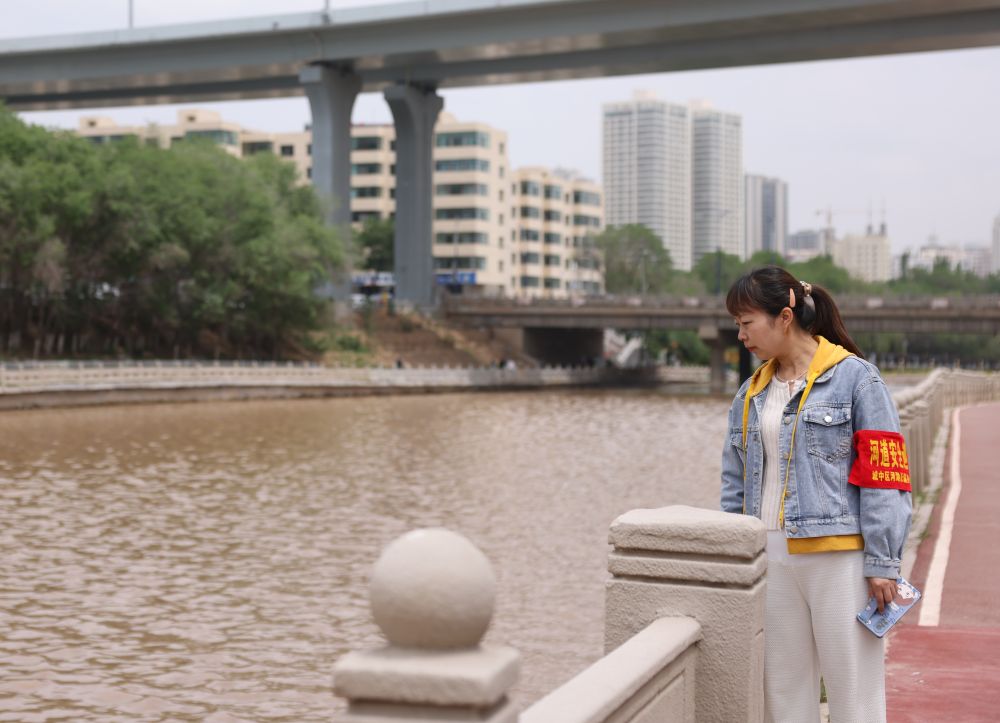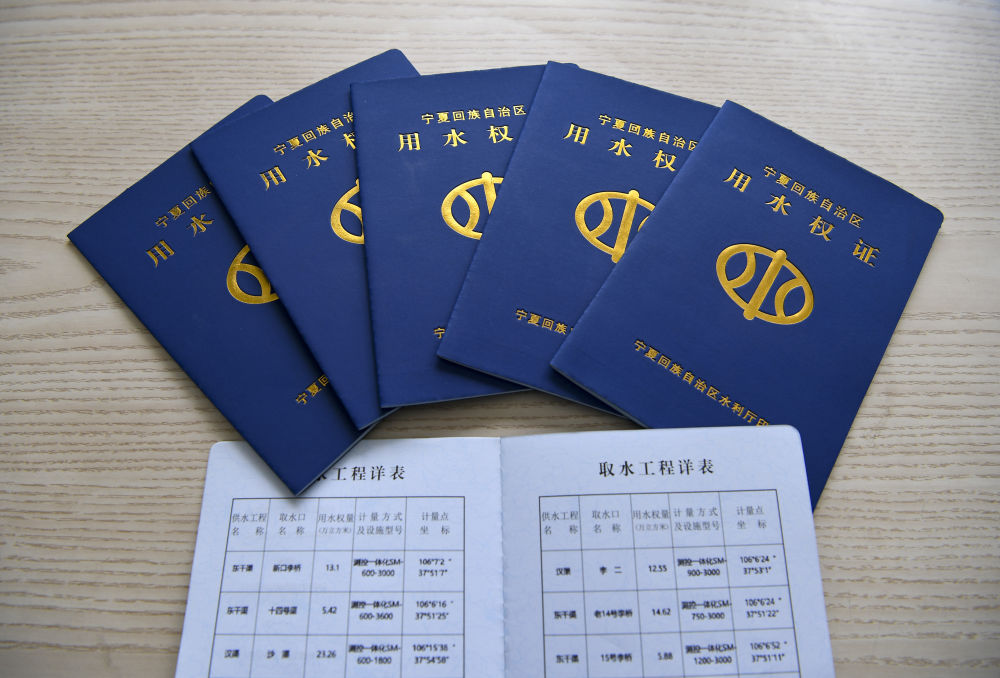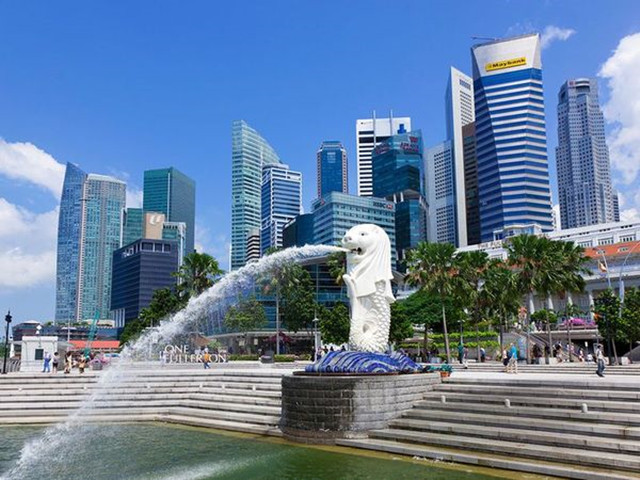Wang Qingzheng (1931-2005), former deputy director of Shanghai Museum, is a well-known cultural expert at home and abroad, who has in-depth research on ancient ceramics and inscriptions. This year marks his 90th birthday. Shan Guolin, former director of the painting and calligraphy department of Shanghai Museum, recently wrote an article recalling Mr. Wang Qingzheng.
Regarding the Shanghai Museum’s "National Treasure Exhibition of Jin, Tang, Song and Yuan Dynasties" which caused a great sensation in the cultural circle in December 2001, Dan Guolin revealed that it was Wang Qingzheng who proposed to hold an "National Treasure Exhibition of Jin, Tang, Song and Yuan Dynasties": several of his ideas were groundbreaking. First, we should join hands with powerful forces and cooperate with major museums. The second is to highlight the classics, observability and transcendence. "Wang Gong showed a leader’s outstanding knowledge and talent in the process of planning the’ National Treasure Exhibition’ and was the guide for the success of the’ National Treasure Exhibition’."
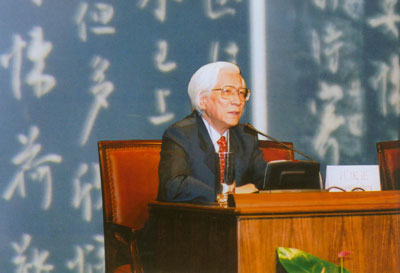
Mr. Wang Qingzheng (1931-2005)
First, the study of Dong Qichang’s calligraphy engraving.
In 1991, the Nelson-Atkins Museum in Kansas City, USA, prepared the "Dong Qichang Century Exhibition". The exhibits collected Dong Qichang’s paintings and calligraphy works collected by several major American museums, with the focus on borrowing 50 masterpieces from the Palace Museum and the Shanghai Museum. Mr. He Huijian, director of the Oriental Department of the museum, came to the Shanghai Museum to select exhibits and invited Mr. Xie Zhiliu, Mr. Wang Qingzheng and me to write papers. The exhibition opened in May 1992 at the Nelson-Atkins Museum in Kansas City, USA, and an academic seminar was held at the same time. Mr. Xie, Mr. Wang and I participated in the seminar as an academic group, and Mr. Wang gave a paper speech on "A Brief Introduction to the Engraving and Posting of Dong Qichang Law Books" at the meeting. This paper is the only one that discusses the contents of Dong Qichang’s calligraphy engraving in the seminar, and there are few articles on this topic before. Mr. Wang’s paper can be described as a summary of Dong Qichang’s calligraphy engraving.
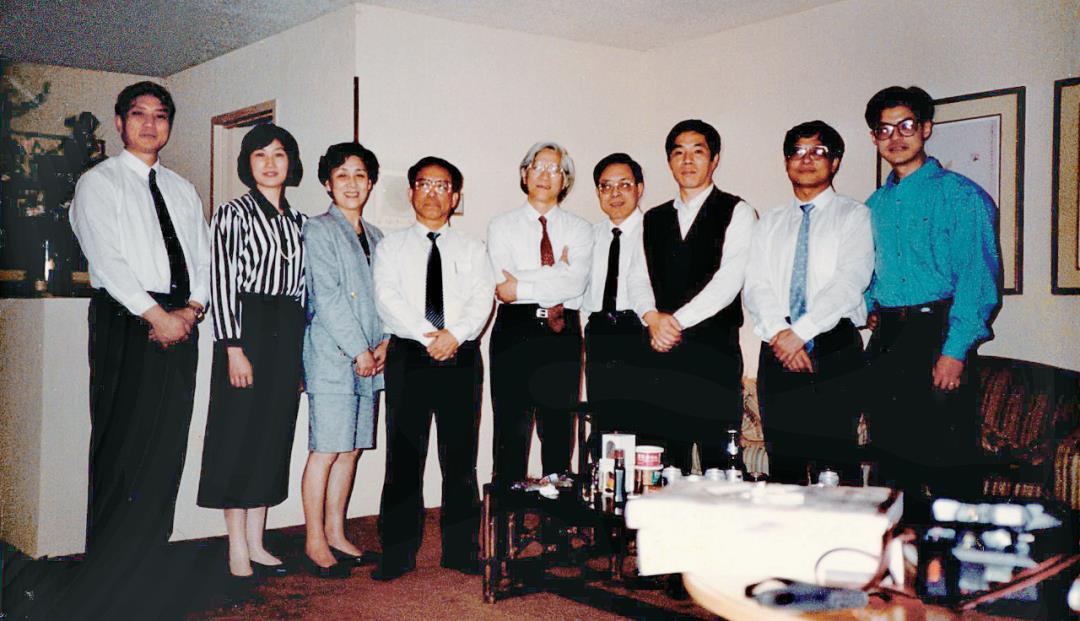
Wang Qingzheng and others took a group photo during the American seminar.
(The photos from left to right are: Gu Xiangyu, Gu Xiangmei, Zhong Yinlan, Ma Chengyuan, Wang Qingzheng, Dan Guolin, Zhu Xuchu, Zhou Genbao, Xu Jie)
After the publication of Dong Qichang’s Hui Ke’s "Fa Tie of Xihongtang", later generations admired it, but there were also some criticisms that there were many distortions in it. Mr. Wang put forward some new opinions in the paper.
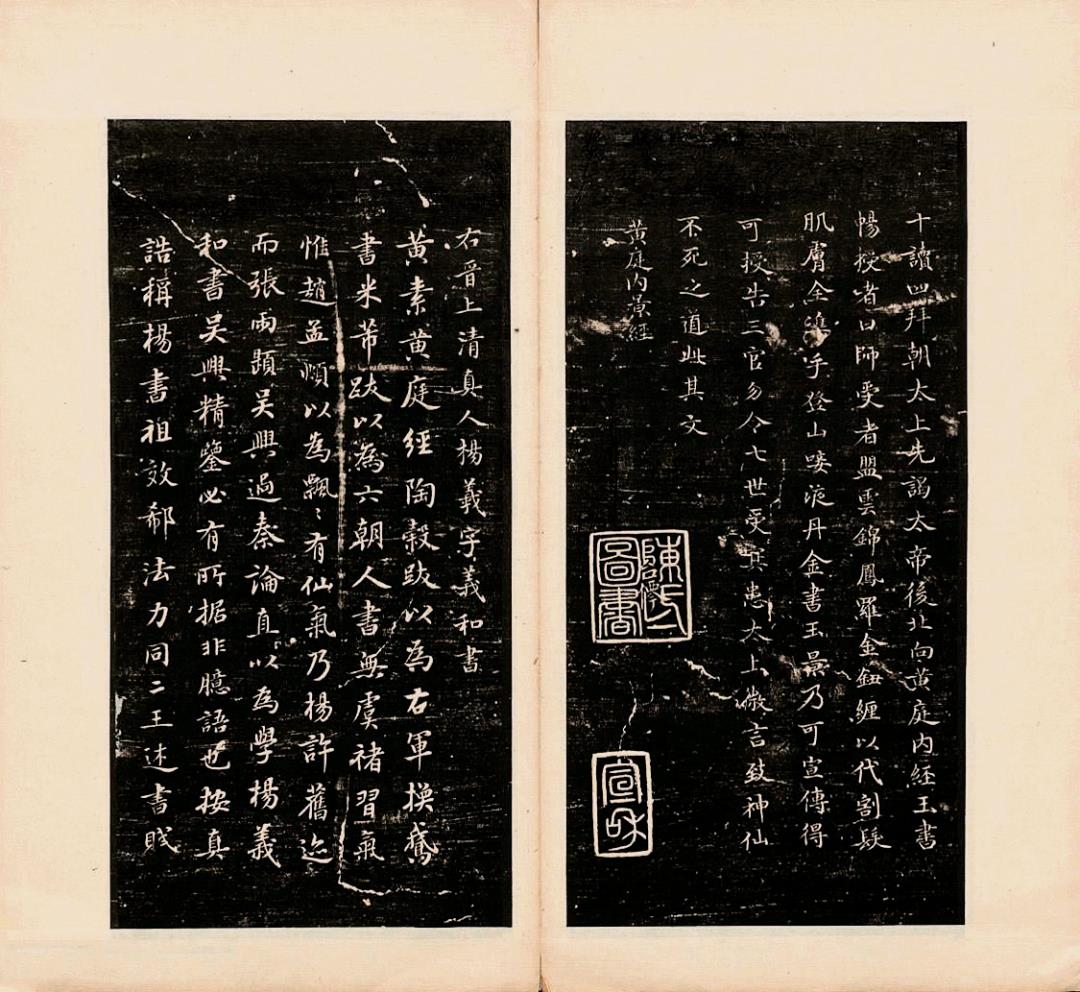
Xihongtang Fatie Inner Page
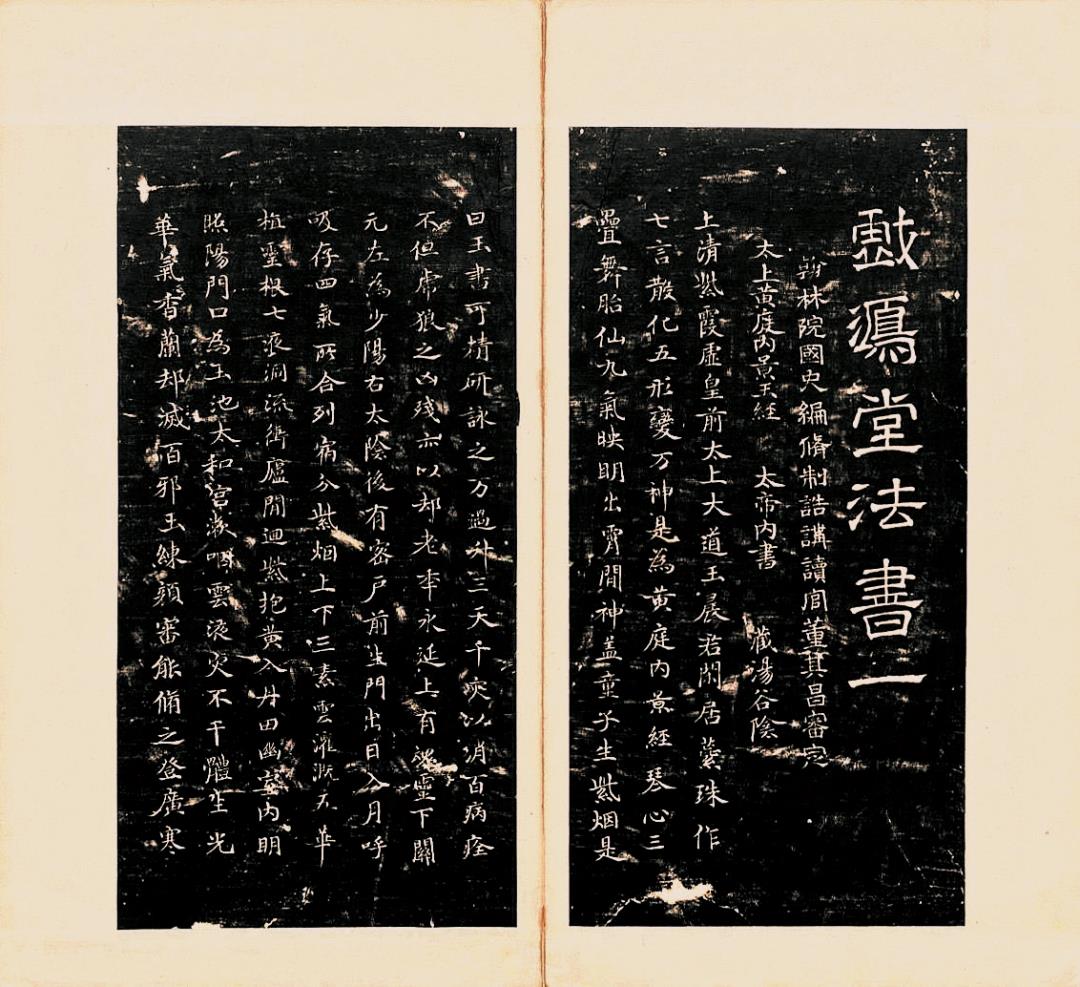
Xihongtang Fatie Inner Page
(A) the essence of "Xihongtang Fa Tie"
1. There are sixteen volumes of Xihongtang Fatie, and more than fifty calligraphers have collected ink in all previous dynasties. Fatie attaches great importance to regular script, which occupies an important position. For the first time, it has included works that were not included in other posts, such as Women’s History Prose, Qian Zi Wen of Tang Ou Yangxun, Jiu Ge of Mi Fei in Northern Song Dynasty, and On the Qin Dynasty in lower case of Yuan Zhao Mengfu, which can be described as unique.
2. Most of this post was hand-written by Wu Zhen. For Dong Shi’s handwriting, only the Tang Dynasty’s Epitaph of Princess Runan, Wu Zhen’s copy is extremely fine.
3. The collected materials have been carefully appraised, such as the residual copy of Uncle Ji’s Dear John’s Letter at Night by Zhao Mengfu, the original copy of the Xihongtang Fatie, and the fake copy of the Sanxi Hall Fatie; Yan Zhenqing’s Manuscript for Sacrificing a Nephew, Wen Zhiming’s Manuscript for Stopping the Cloud Pavilion earned the copy of Song and Mi Fei, while Xihongtang Manuscript engraved the original copy of Yan Zhenqing.
Dong Qichang also corrected some misjudged cases in history, such as "Dong Ming Tie" written by Xie Lingyun, which was carved by many essays in the Song Dynasty, and Dong Qichang proposed that it was "Bu Xu Ci" written by Zhang Xu. In the third volume, Wang Xianzhi’s "Cut the Post in December" and "The Post Has Arrived" are merged into one, which corrects the mistake that Song people regard it as two posts. Tang Huairen’s Collection of Preface to the Sacred Religion is generally considered as Huairen’s collection of Wang Bei’s words, such as Ancient and Modern Law Bookstore, but Dong proposed that "collection" is "learning", which is what Huairen learned from Wang Zi.
4. The sixteenth volume of Xihongtang Fatie contains some important contents of Clarification Tangtie. The old biography of "Clarifying Tangtie" is an engraving of the ancestors of the Southern Tang Dynasty, but it is actually an engraving of the Southern Song Dynasty. Now it is impossible to see the whole story. Dong Qichang had one to five volumes of Song rubbings, but now only one, three or four volumes exist, which have already flowed into Japan. Some of the contents engraved in Xihongtang Fatie, such as 30 posts such as "I can’t sleep without suffering", "Moon Half" and "Yudanyang", are not found in Chunhua Pavilion Post, which is probably the content in Volume 5 of Clarification Hall Post and is very important information.
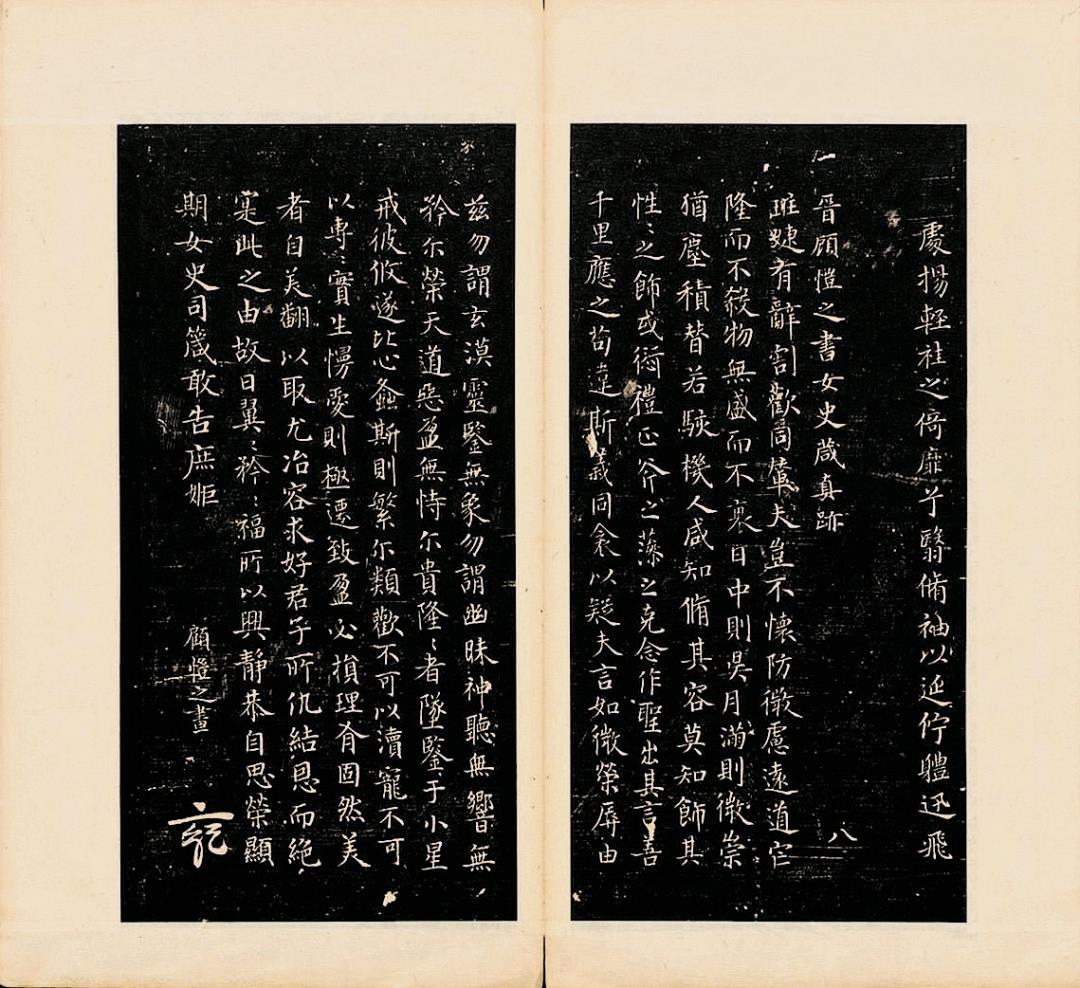
Xi Hong Tang Fa Tie Jin Gu Kaizhi Shu Nv Shi Zhen
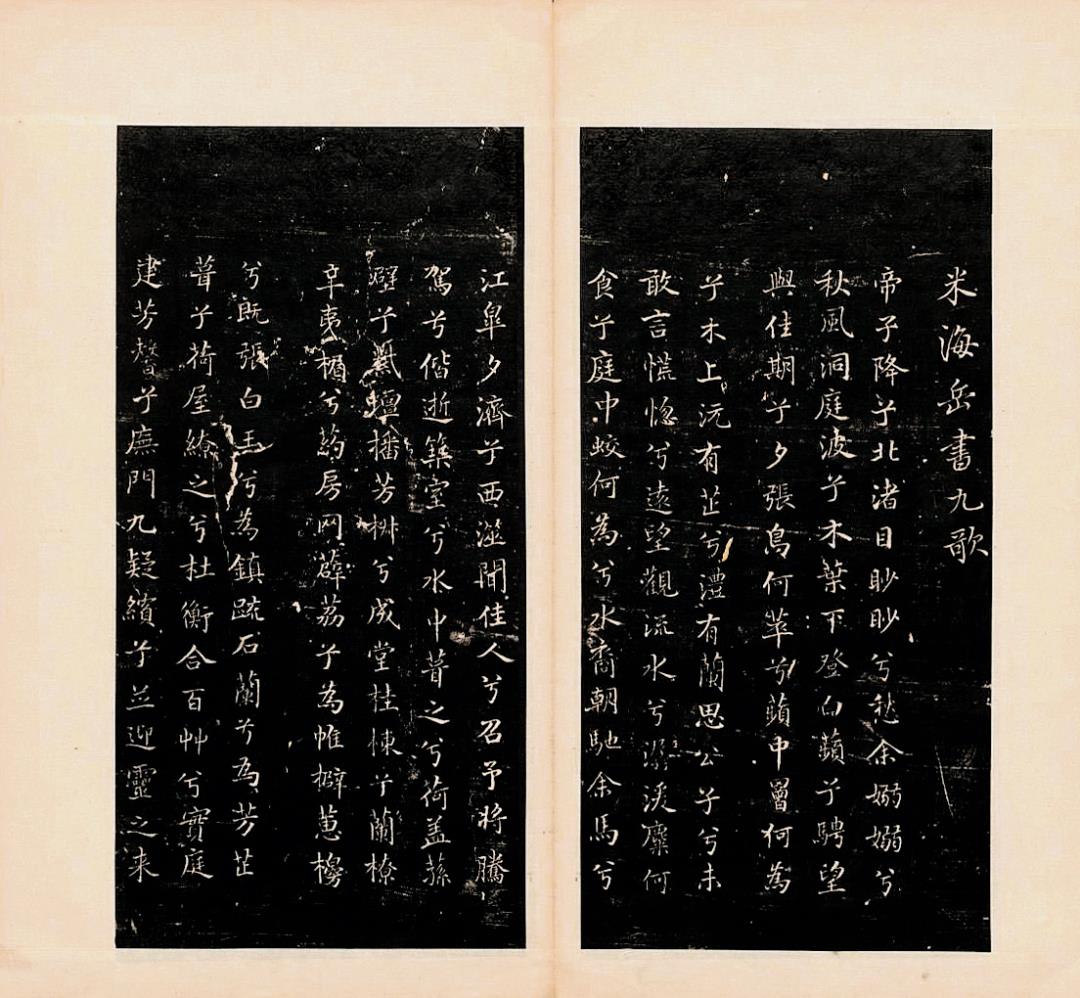
Xi Hong Tang Fa Tie Mi Hai Yue Shu Nine Songs
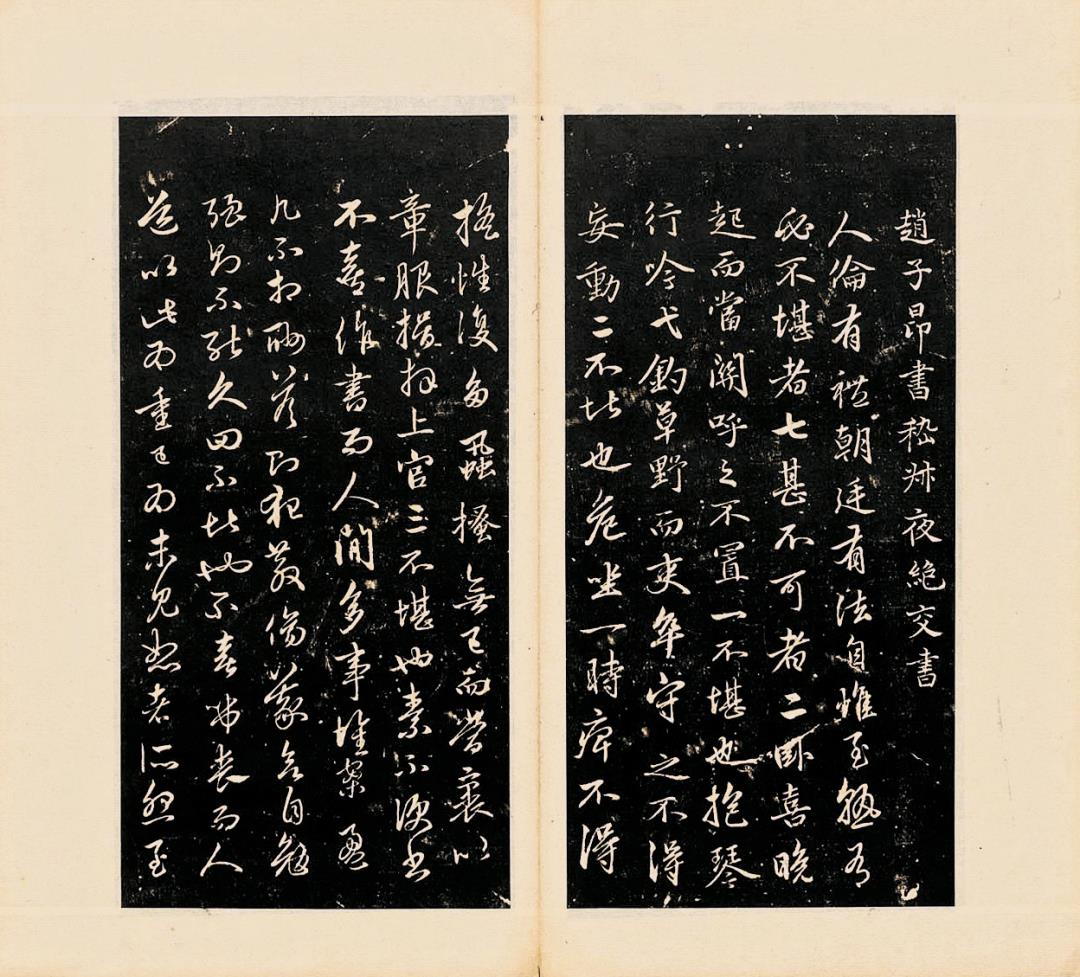
Xi Hong Tang Fa Tie Zhao Mengfu Shu Ji Uncle’s Dear John Letter at Night
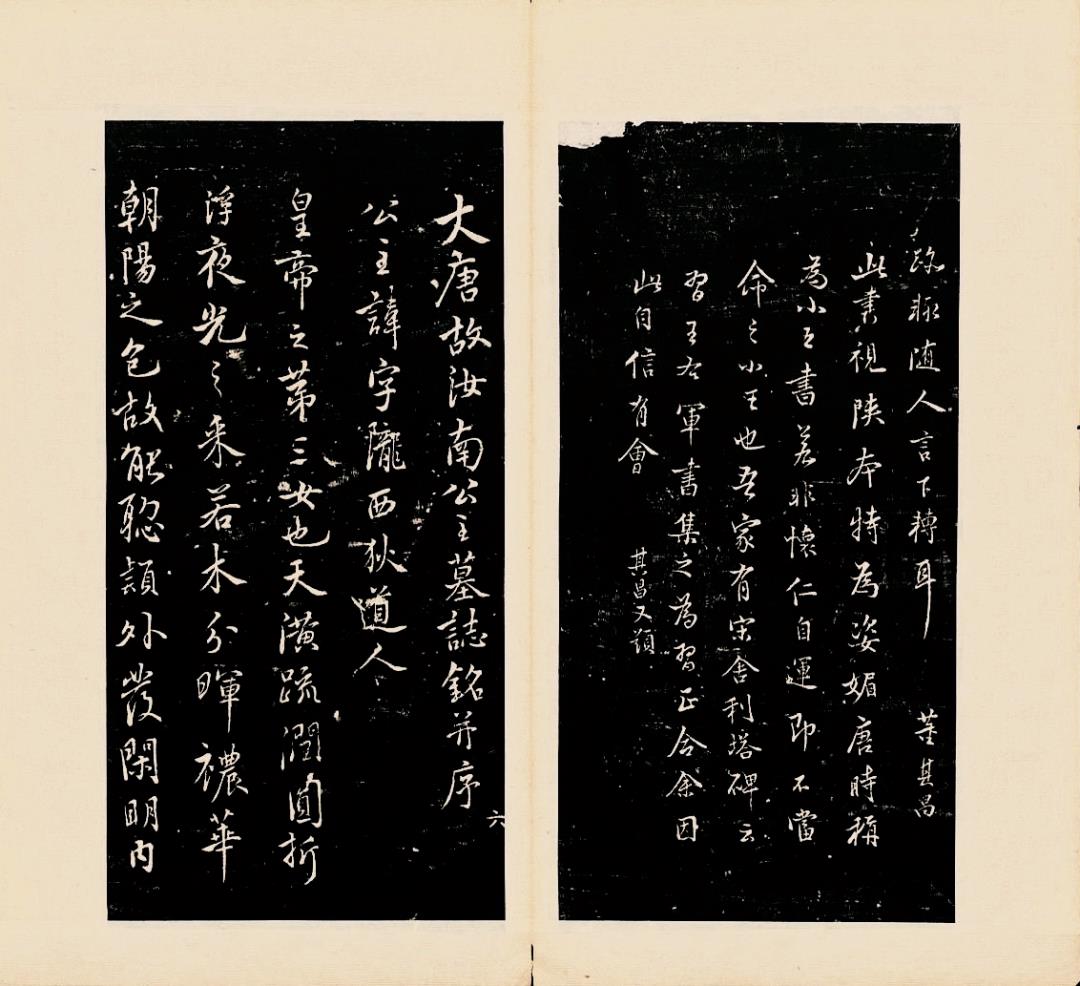
Xihongtang Fatie and the Epitaph of Princess Runan
(B) Dong Qichang’s own calligraphy engraving research.
There are more than 20 kinds of single engraved posts published by Dong Qichang before his death, and there are many kinds published by later generations. In addition, Dong’s calligraphy has also been engraved in other collections. Mr. Wang combed these single-engraved posts and cluster posts and put forward some opinions.
1. After entering the Qing Dynasty, Kangxi, Yongzheng and Qianlong dynasties attached great importance to Dong Shu, and a large number of Dong Shu were included in the collection.
2. Among the emperors’ calligraphy in the Qing Dynasty, there are many calligraphy in Dong Qichang. For example, in the thirty-eighth year of Kangxi (1699), the Eight-volume Calligraphy of Maoqin Temple was written by Emperor Kangxi himself, and the sixth, seventh and eighth volumes were all calligraphy in Dong Qichang.
In the first year of Qianlong (1736), the Imperial Palace carved sixteen volumes of "Langyin Pavilion Fatie", which specially included Yong Zhengdi’s handwriting, including two and a half volumes, all of which were Yong Zhengdi’s calligraphy in Dong Qichang. In the 15th year of Qianlong (1750), the imperial court engraved 32 volumes of Sanxi Hall Shiqu Baodi Fatie, and Dong Shu accounted for four volumes, indicating that the imperial court in Qing Dynasty attached importance to Dong Shu.
In addition, Dong Shu often occupies a large space in other public and private posts in the Qing Dynasty.
3. Mr. Wang has made a comprehensive review of the engravings of French books handed down from Dong Qichang, and listed "what you saw and recorded in the engravings of French books in Dong Qichang", and arranged them in the stroke order of the first word of the title of the French book, describing the title of the French book and the number of volumes. A total of more than 1,000 titles of Dong Qichang’s calligraphy books are listed, which are selected from more than 100 kinds of public and private engravings. The collection is unprecedented for scholars to search. At the beginning of 1990s, when computers were not widely used at that time, how much energy it took for Wang Gong to search such a huge amount of information, and his rigorous and diligent spirit of doing scholarly research was really admirable.
The topic of this paper is novel, which makes a comprehensive discussion on Dong Qichang’s engraving, and has many academic research opinions, which deepens the study of Dong Qichang’s calligraphy.
Second, the study of the best edition of Chunhua Pavilion Post
In April, 2003, Shanghai Museum bought back four, six, seven and eighty-four volumes of the remnant of Chunhua Pavilion Tie from the United States, which American collector An Siyuan thought was the ancestral edition of Chunhua Pavilion Tie. In his letter to Mr. Wang on April 15, 2003, Mr. Qi Gong said:"In the past hundred years, the rubbings of the Northern Song Dynasty have only been circulated in three volumes (with Wang Duo’s inscription, that is, the sixth, seventh and eighth volumes of the best edition), and there is a fourth volume (the same as the three-volume engraving method), which is a national treasure."On September 3, 2003, Mr. Xu Bangda wrote to Mr. Wang:"Volumes 6, 7, and 83 of Chunhua Pavilion Post were published before 1949. Everyone thought that it was the original extension, and now it is known as the income of Shanghai Expo. It is a beautiful thing and gratifying." On September 12th, 2003, Mr. Yang Renkai sent a letter to Mr. Wang, claiming that "The four, six, seven and eight volumes of Chun Hua Ge Tie, a true Song edition, were exhibited in the Palace Museum in 1996, and it was verified by Mr. Qi Gong and many experts in literature and history. This is the original edition of famous calligraphy books from Wei, Jin, Sui and Tang Dynasties in ancient China, and it is the best copy of Chun Hua Ge Tie that only exists in the world".
After the four volumes of Chunhua Pavilion Post were included in Shanghai Museum, Wang Gong planned to hold a special exhibition. At first, according to the opinions of many experts before, it was designated as the ancestral edition of Chunhua Pavilion Post. Wang Gong wrote a paper for the special exhibition, carefully examined and studied the four-volume rubbings of Ge Tie, and collated them with other Ge Tie handed down from generation to generation. It was concluded that the sixth volume of the four-volume Ge Tie was the ancestor of Quanzhou in the Northern Song Dynasty, and the fourth, seventh and eighth volumes were the only rubbings of the original stone of the ancestor, and the stone of the seventh volume was extremely damaged. And nearly half of the fourth, eighth and seventh volumes, these two and a half volumes should be the original rubbings of the ancestors. Mr. Wang believes that the four volumes of Chunhua Ge Tie can be called the best surviving edition of Ge Tie. Later, when planning a special exhibition, the exhibition was named "The Best Edition of Chunhua Pavilion Post and Wang Xizhi’s Calligraphy Exhibition", and an academic seminar was held. He wrote the paper "The Best Edition of Chunhua Pavilion Post". As can be seen from the textual research of the paper, Wang Gong’s academic attitude is very rigorous and meticulous.
We can continue to discuss the epochal nature of the four volumes of Chunhua Pavilion Post, but we should adopt a scientific attitude, explain the problem with evidence, and prevent subjective assumptions or deny the whole with details.
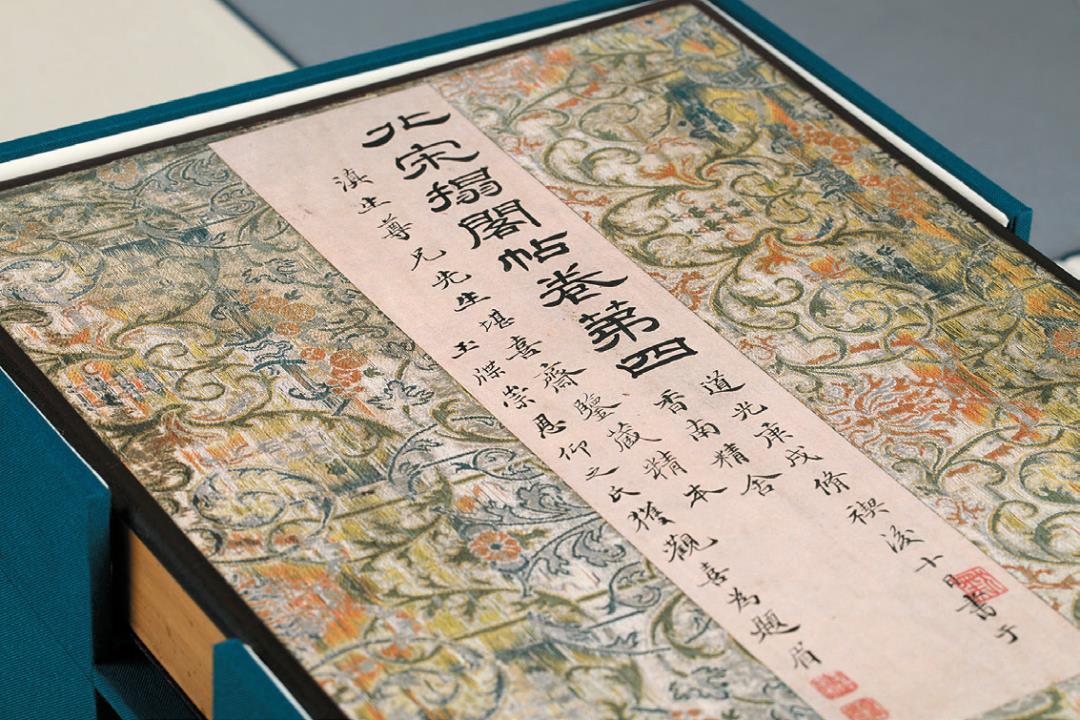
Book Shadow and Inside Page of The Best Edition of Chunhua Pavilion Posts (published by Shanghai Calligraphy and Painting Publishing House in 2003)
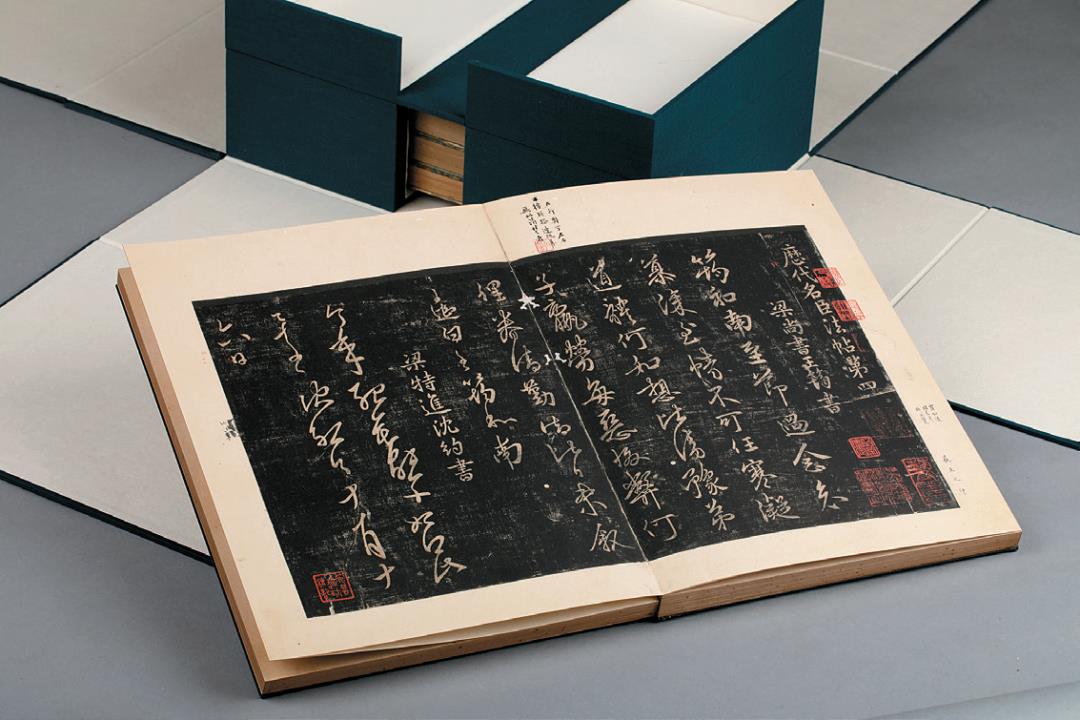
Book Shadow and Inside Page of The Best Edition of Chunhua Pavilion Posts (published by Shanghai Calligraphy and Painting Publishing House in 2003)
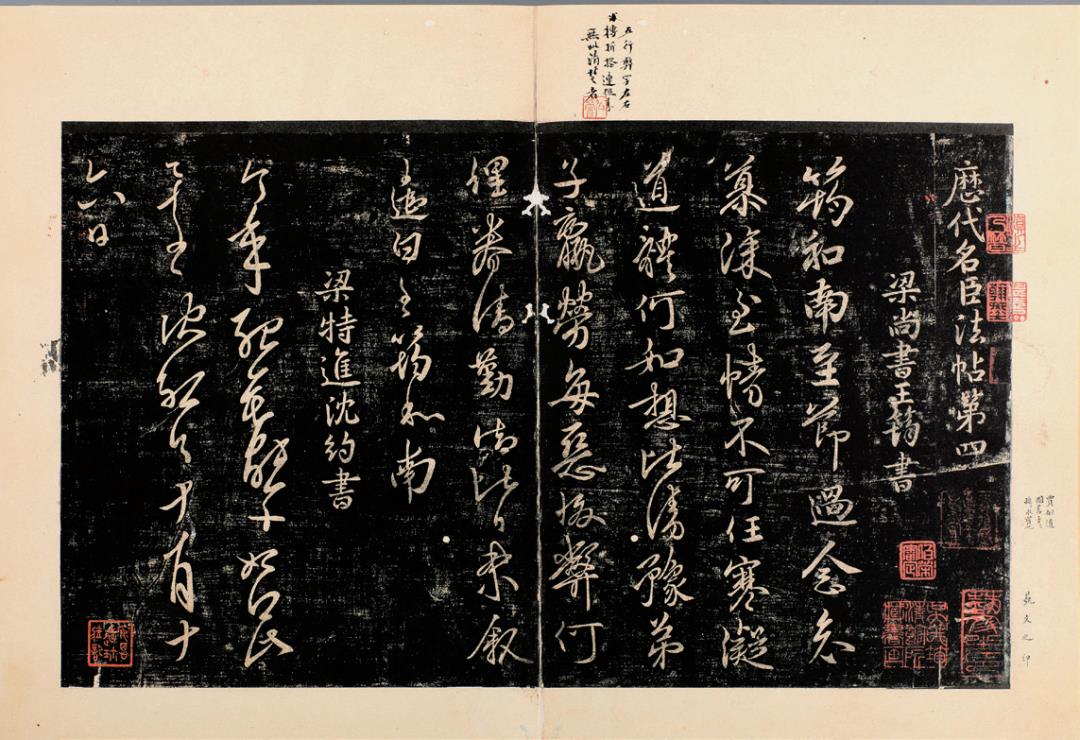
Book Shadow and Inside Page of The Best Edition of Chunhua Pavilion Posts (published by Shanghai Calligraphy and Painting Publishing House in 2003)
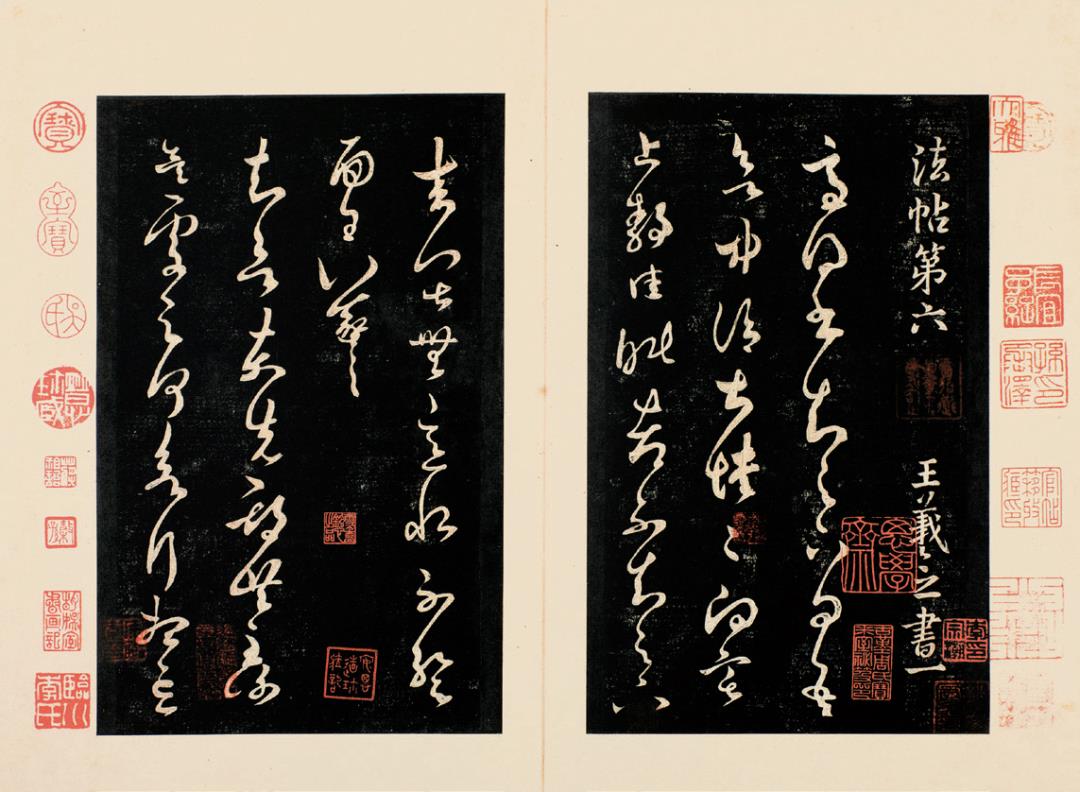
Book Shadow and Inside Page of The Best Edition of Chunhua Pavilion Posts (published by Shanghai Calligraphy and Painting Publishing House in 2003)
Third, plan classic exhibitions and vigorously promote excellent traditional culture.
Mr. Wang has a wide range of academic research, involving coins, rubbings, ceramics, literature and other fields, and his writings are rich. At the same time, he has made many achievements in guiding the Shanghai Museum to plan exhibitions, carry out academic research and publicity and education, so I can’t go into details here. Just give an example to illustrate his contribution to promoting the dissemination of excellent cultural traditions in museums.
As early as the first half of 1999, Wang Gong discussed with the Painting and Calligraphy Department to hold an "Exhibition of Painting Observation in Tang, Song and Yuan Dynasties", aiming at the society at that time, especially in the field of Chinese painting creation, there was a trend of thinking that despised and denied the tradition of Chinese painting, blindly emphasizing western art, trying to transform Chinese painting with western techniques and denying the traditional brush and ink of Chinese painting. He said that we should show the best and most classic works in the history of Chinese painting, and let everyone know that the tradition of Chinese painting is broad and exquisite. He suggested that Shanghai Museum hold an "Exhibition of Fine Paintings of Tang, Song and Yuan Dynasties" to observe and explore its social effects.
The "Special Exhibition of Paintings in Tang, Song and Yuan Dynasties" was held in September 1999. At that time, it was two weeks of internal observation, and the Shanghai Museum invited famous experts from major museums to observe it. I remember Qi Gong, Zhu Jiajin, Liu Jiuan, Yang Xin and Dan Guoqiang from the Palace Museum, Jin Weinuo and Xue Yongnian from the Central Academy of Fine Arts, and Yang Renkai from the Liaoning Provincial Museum. A symposium was held at the opening of the exhibition, and everyone unanimously praised the exhibition for its success. The exhibition lasted only two weeks, and the audience of professional units and painters who came here was very large, and some people managed to enter the exhibition hall through connections. This exhibition has achieved the expected results.
Then, in 2001, Wang Gong proposed to hold a "National Treasure Exhibition of Painting and Calligraphy in Jin, Tang, Song and Yuan Dynasties", and several of his ideas were groundbreaking. First, we should join hands with powerful forces and cooperate with major museums. The second is to highlight classicality, observability and transcendence. So it took two years to prepare, and the joint exhibition units were determined as the Palace Museum, the Liaoning Provincial Museum and the Shanghai Museum. To this end, we made an exhibition plan, which was supported by Deputy Director Chen Kelun, Zhou Yanqun and I made a special trip to the Cultural Relics Bureau for instructions. Subsequently, the Shanghai Museum formed a high-standard negotiation group, led by curator Chen Xiejun and deputy curator Chen Kelun, including me from the Painting and Calligraphy Department, Zhou Yanqun from the Exchange Office and Hu Jiang from the Information Office, and went to the Palace Museum and the Liaoning Provincial Museum for discussion. During the negotiation with the Palace Museum, I first put forward a catalogue of the works on loan, including You Chuntu by Zhan Ziqian, Bu Ji Tu by Yan Liben, Han Xizai’s Night Banquet by Gu Hongzhong, Riverside Scene at Qingming Festival by Zhang Zeduan, Feng Chengsu copy of Preface to Lanting by Wang Xizhi, Zhang Haohao’s Poem by Du Mu and other famous works. The next day, the leaders of the Palace Museum replied that basically all the works borrowed were agreed. Only one piece, The Riverside Scene at Qingming Festival, by Zhang Zeduan, had never been out of the palace and was old and tired, so it was impossible to borrow the exhibition. We tried again and again and failed to get permission. After returning to the museum, I reported to Wang Gong, who said that the Palace Museum had agreed to borrow so many instruments. The Riverside Scene at Qingming Festival is a well-known monument for women and children, and it has great appreciation for both refined and popular tastes. If it can’t be exhibited, it will be difficult to cause a sensation.Other famous works are not as popular as it is, so it would be a pity if they can’t be exhibited. He suggested that I go to the Palace Museum again to borrow the Riverside Scene at Qingming Festival, even if it is only for a week. Our museum has high-precision replicas that can be used instead of exhibitions. So I "entered the palace" for the second time and negotiated with Dean Zheng Xinmiao. The next day, Dean Zheng replied to me. After research by the leaders of the academy, I agreed to borrow the Riverside Scene at Qingming Festival and borrow it for the whole exhibition period of three months. This is the great support of the Palace Museum to the Shanghai Museum.

Sui Zhanziqian You Chuntu Volume (Partial)

The Riverside Map of Qingming Festival in Zhang Zeduan in Northern Song Dynasty (partial)
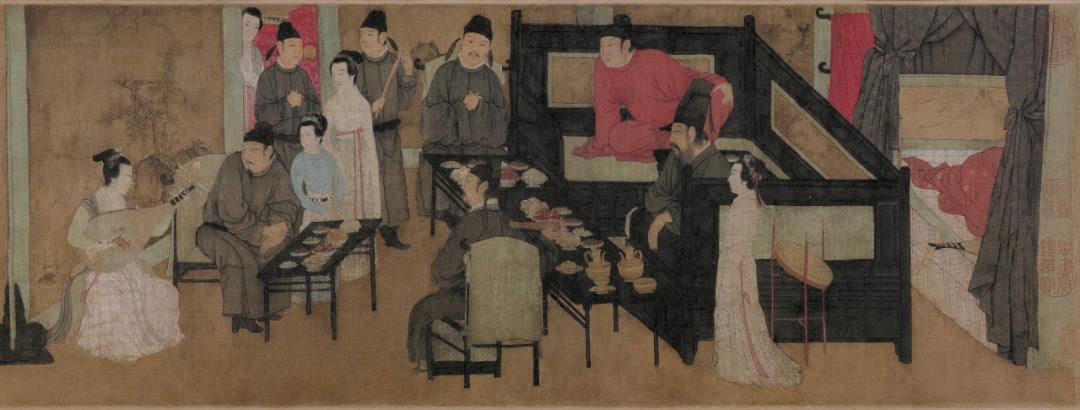
Gu Hongzhong Han Xizai’s Banquet in the Five Dynasties (partial)
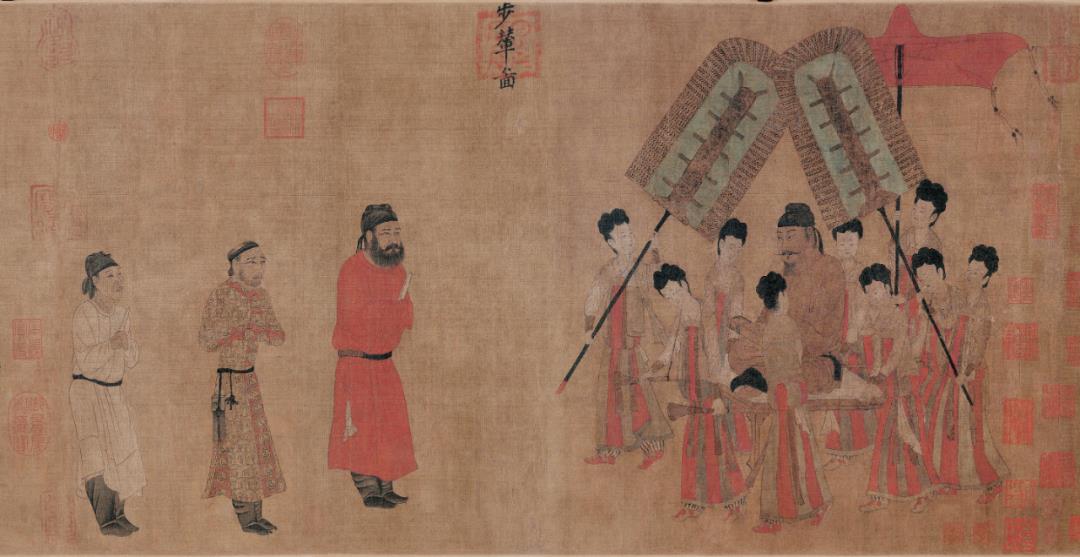
Yan Liben in Tang Dynasty (partial)
In December, 2001, the "National Treasure Exhibition of Painting and Calligraphy in Jin, Tang, Song and Yuan Dynasties" was held in Shanghai Museum, which caused a sensation, especially in front of the "Riverside Scene at Qingming Festival". Later, more and more people watched this picture, even waiting in line for five or six hours. Ordinary audiences mostly come to see the style of this picture, which also drives other classic famous products to watch and appreciate it. In the process of planning the "National Treasure Exhibition", Wang Gong showed a leader’s excellent knowledge and talent, and was the guide for the success of the "National Treasure Exhibition". It is true that the decision-making and personal participation of curator Chen Xiejun ensured the smooth progress of the exhibition.
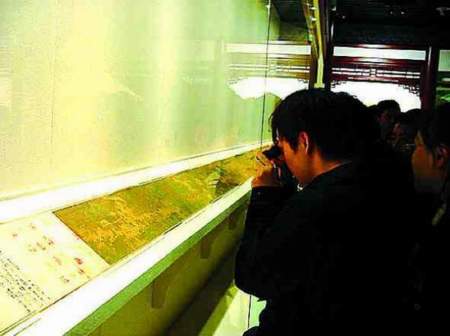
"Jin, Tang, Song and Yuan Painting and Calligraphy National Treasure Exhibition" was exhibited at the Shanghai Museum.
On the basis of the success of the "National Treasure Exhibition", the Shanghai Museum later jointly held the "Painting and Calligraphy Exhibition of Jin, Tang, Song and Yuan Dynasties" with major Japanese museums and major American museums, which was the first in China and achieved great results. During the ten years from 2001 to 2012, a series of exhibitions greatly strengthened and deepened the dissemination, research and popularization of China’s fine tradition of painting and calligraphy, and the creation of Chinese paintings also returned to the right path of attaching importance to tradition. Wang Gong’s sagacity and foresight have created a road for major museums to join hands and create classics. His contribution to the museum cause will be remembered in the history of the development of Shanghai Museum and even China Museum.
(This article was originally published in Book and Painting magazine, with the original title of "Two or Three Things about Dan Guolin | Remembering Wang Gong’s Tablet Sticking". )

















 The New Appearance of Lushan County after the "4.20" Lushan Earthquake
The New Appearance of Lushan County after the "4.20" Lushan Earthquake


